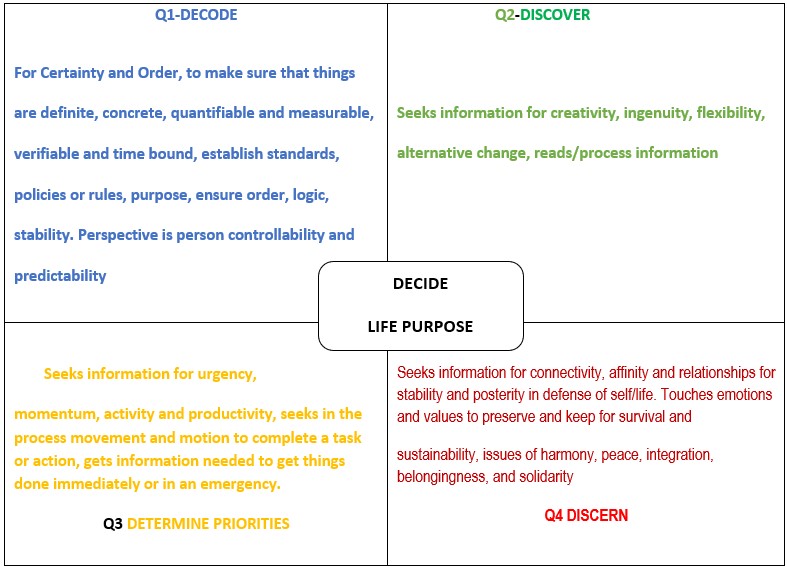
FOR WCCI NEWSLETTER
Today, major changes in the educational system is happening. The Philippines has embarked on a critical and urgent step to enhance the quality of education by launching a shift from the ten year basic education to the K to 12 Curriculum. This was the answer to enhancing the teaching/learning in basic education which addresses a lag in student competencies, a reality which was articulated by Dr. Alan Bernardo of DLSU as follows: “We do not want Basic Education that is a mile wide and is an inch deep, what kind of students are needed in higher education? Students who can think, students who can learn complex ways of thinking and knowing and student who can keep learning.” (Bernardo, Nov. 7, 2005, National Educator’s Congress in Davao City). We are still far from reaching this goal.
World Council for Curriculum and Instruction (WCCI) in the Philippines and International has a long history of addressing this deficiency by introducing through local and international conferences for educators on subject contents that aims to promote equity, peace, and the realization of human rights through community, partnerships, curricular and instructional programs. These are among the contributions to education in the country with the help of teachers and student-teachers.
However, there is a need in a fast changing times for a teaching/learning process which is an
“inch wide but a mile deep and able to deliver holistic results..” We aim to introduce current tools which can help all learners (educators- key officials, administrators, teachers and students) to acquire fast tools, new knowledge, relevant skills and wisdom to leverage change from research, experience and innovations in a period marked by Exponential Times (ET1) , Exponential Technologies(ET2) , and Extra-ordinary Times(ET3).To demonstrate this urgent reality, I quote Alvin Toffler…
Humanity faces a quantum leap forward. It faces the deepest social Upheaval and creative re-structuring of all time. Without clearly recognizing it, we are engaged in building a remarkable new civilization from the ground up. What is happening now is nothing less than a global revolution, a quantum jump in history (Toffler 1980, 10:12)
We have an innate tool, and this is through learning Whole Brain Literacy (WBL), acknowledging that the greatest gift of a tool within each individual learner regardless of age, nationality, position in life is … his/ her own brain.
Whole Brain Literacy or WBL (short name) is…
WBL is a technology which taps into the whole thinking potentials and faculty of the human brain to enable, engender, encourage and empower the human person to Be, Behave, and Become the best of his/her endowed potential.(Perla M. Tayko, in her lecture on WBL for RBSI Writers, Antipolo Rizal, Philippines, April 2008))
The WBL Model is the approach that matches the required complex, richer, broader and deeper thinking and performance for learners today. This is inherent in the capacity of the brain competencies to address different purpose for each of the four quadrants and also with the core purpose that integrates the purposes of the four quadrants. “In each quadrant you will find a “whole” intelligence at work, in each system there is a part that is whole as much as it is a part of a bigger whole .” (Tayko,, 2006, Bacolod City)
WBL posits the inductive method which draws out the power from internal and innate capacity of the human mind/brain , the love and light , from every human being which is given to all irrespective of race, culture, creed, position, and status in life. As a transformative process it operates in consonance with how the mind functions. It demonstrates the facility that thinking/learning shifts can happen by choice by accessing or tapping the other quadrants of the brain to expand the thinking perspectives for a different and higher holistic performance. This process of thinking is done through the wending and iteration. (Tayko/Talmo/Intia2010) The Figure No. 5 WBL Template shows the four quadrants and describes the competencies derived from each.

Figure 5- Whole Brain Literacy (Template by Tayko)
What is novel in WBL extrapolated from the Brain Map of Dudley Lynch for educative purposes is that there are five (5) D’s of the thinking processes (four quadrants- Q1-DECODE, Q2-DISCOVER, Q3-DETERMINE, Q4-DISCERN and a Center Life Purpose –DECIDE, which are parts of human information processing skills. These are generic in each human person regardless of genetics and available anytime, anywhere and in any context. These innate Brain Map’s “intelligences” described in WBL as “competencies” enable one to connect information, perspective meanings and arrive at a higher purpose to make holistic sense of the outside world. Lynch summarizes this view from this statement “You don’t see the world as it is, you see it the way you think”, and shows how expansion in the thinking process can occur because the brain can shift or change instantaneously or spontaneously by choice.
Another strength of WBL is the iterative function of the brain developed by Tayko in seven (7) steps. This allows individuals to form holistic understanding gained from tapping the “intelligences” and “competencies “ from the four quadrants and the core center of the brain.
To put into practice in facilitating “learning to learn” , a team of Whole Brain Literacy practitioners from Philippine Normal University, University of the Philippines and our very own Department of Education, some of us are members of World Council for Curriculum and Instruction are willing to share, demonstrate application of this pedagogical tool to subjects in Basic Education.
Let WCCI make a difference for today !.